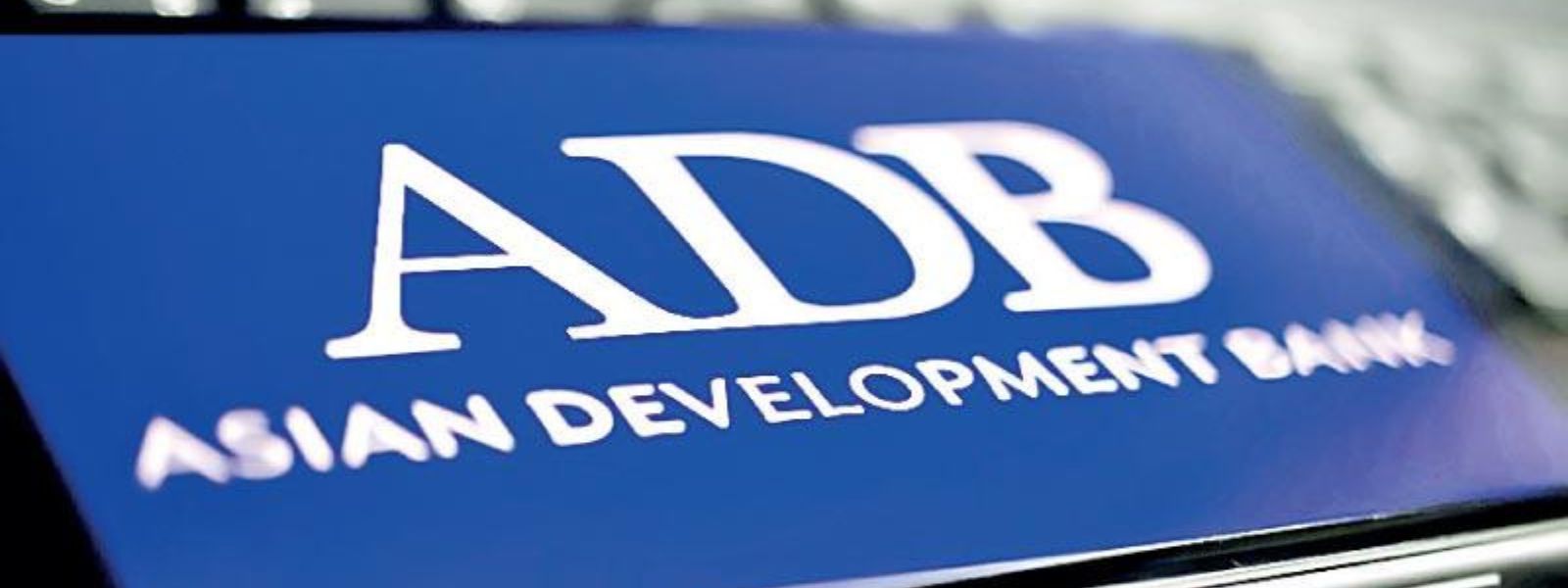.webp)

ADB: Sri Lanka Needs to Build External and Fiscal Buffers
COLOMBO (News 1st); The Asian Development Bank (ADB) has outlined the significant policy challenges Sri Lanka faces in reducing its medium-term debt vulnerability in its April 2025 Outlook report.
Despite recent progress, the country’s debt vulnerability remains high, necessitating continued efforts to build external and fiscal buffers.
Sri Lanka's public debt to GDP ratio surged to 126% in 2022 due to substantial borrowing to finance large fiscal deficits, deep tax cuts, rupee depreciation, and borrowing by state-owned enterprises.
However, since 2022, the debt-to-GDP ratio has been on a downward trajectory, supported by rupee appreciation, fiscal discipline, and debt restructuring.
The ADB projects that debt will continue to decline as a percentage of GDP amid ongoing economic stabilization and recovery, combined with a projected decrease in gross financing needs and cuts in interest rates under debt restructuring.
Despite these positive developments, the International Monetary Fund's (IMF) sovereign risk and debt sustainability analysis (SRDSA) indicates that reducing debt to a sustainable level will take time.
The SRDSA targets a public debt to GDP ratio below 95% only by 2032, assuming the successful completion of an IMF program in 2027 and full implementation of debt restructuring.
High debt sustainability risks will continue to impede growth and investment for many years.
The ADB outlook noted that fiscal relief from debt restructuring has supported cash flow management but is expected to wane starting in 2028.
Debt service will increase significantly during 2028–2038, when restructured international sovereign bonds are scheduled for repayment, potentially crowding out growth-enhancing spending on infrastructure and investment in human capital.
To address these challenges and avoid distress, Sri Lanka must sustain efforts to build up external and fiscal buffers.
Deep fiscal reforms are necessary but not sufficient to mitigate debt risks. The country needs to secure new external financing, including concessional terms, and continue rebuilding its gross international reserves through a current account surplus and other inflows that do not add to the debt burden.
Structural reforms are essential to stay on a growth-friendly path that generates non-debt inflows.
The government has started developing a trade liberalization agenda, aiming to formulate a national export development plan for 2025–2029, introduce a national tariff policy to create a simple, transparent, and predictable tariff framework, and expand free trade agreements.
Other Articles
Featured News





.png )
-788193_550x300.jpg)
-788181_550x300.jpg)
-788175_550x300.jpg)

-788163_550x300.jpg)
-788151_550x300.jpg)


-785316_550x300.jpg)



















.gif)